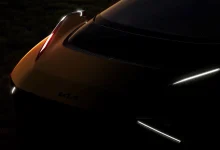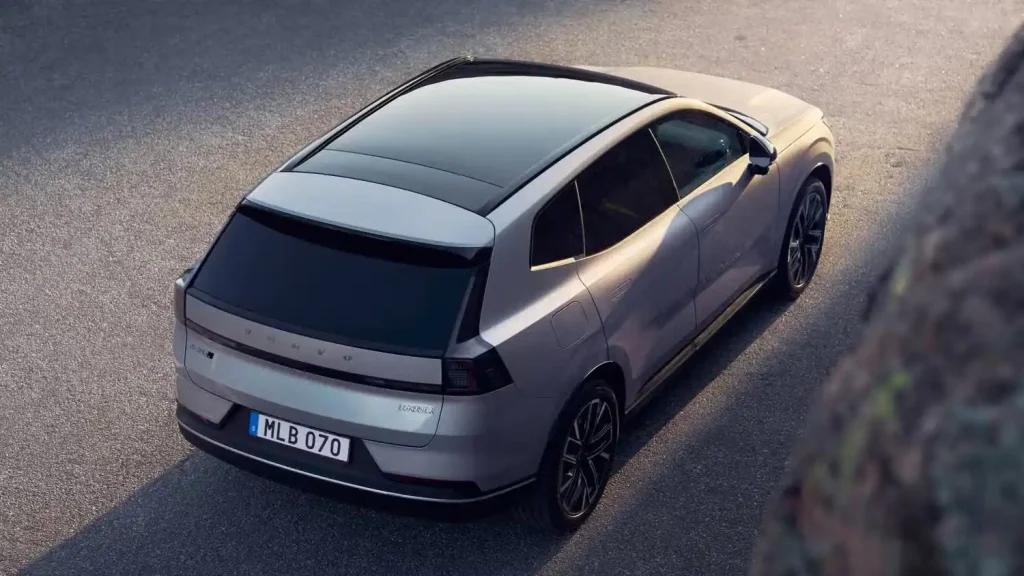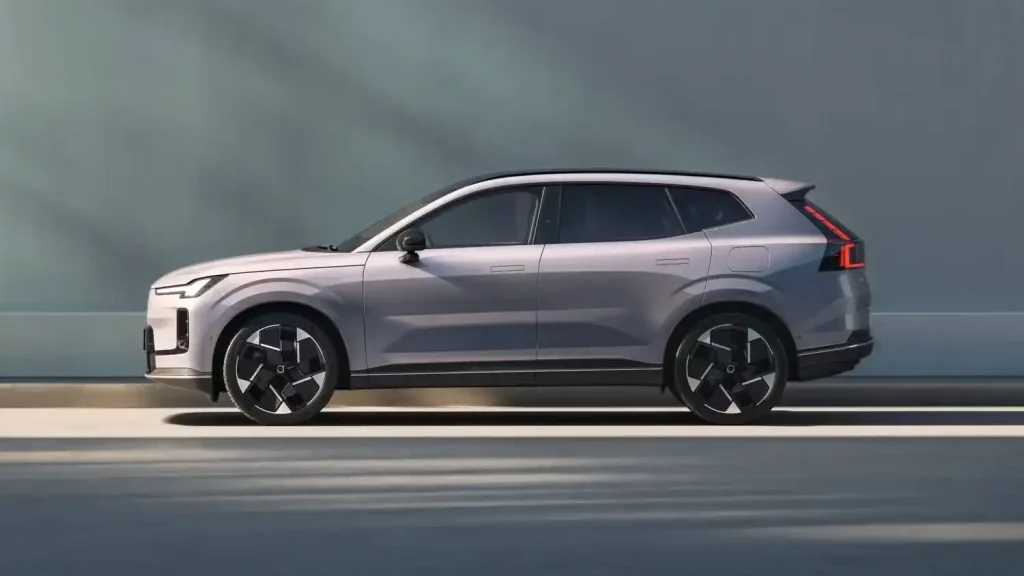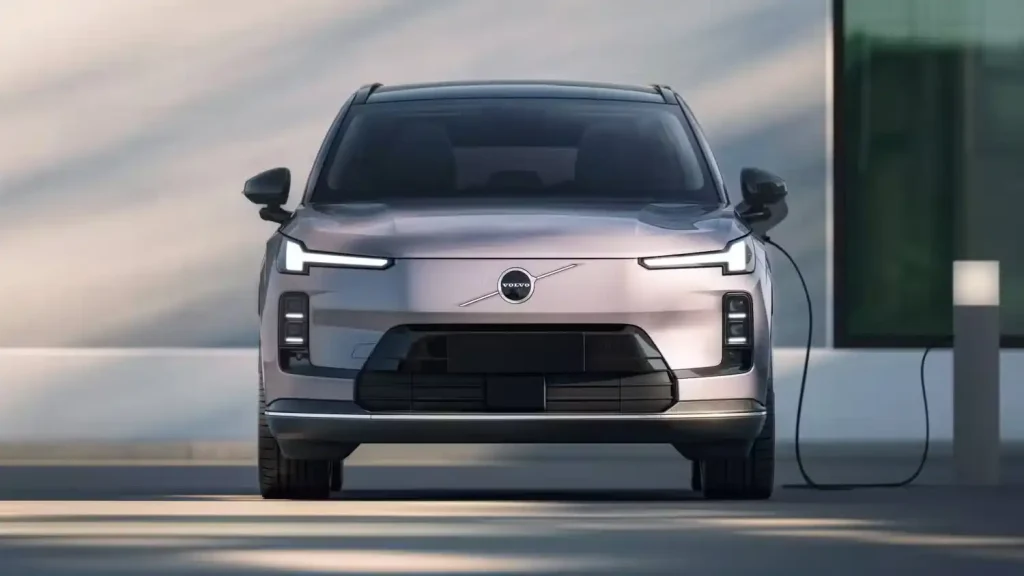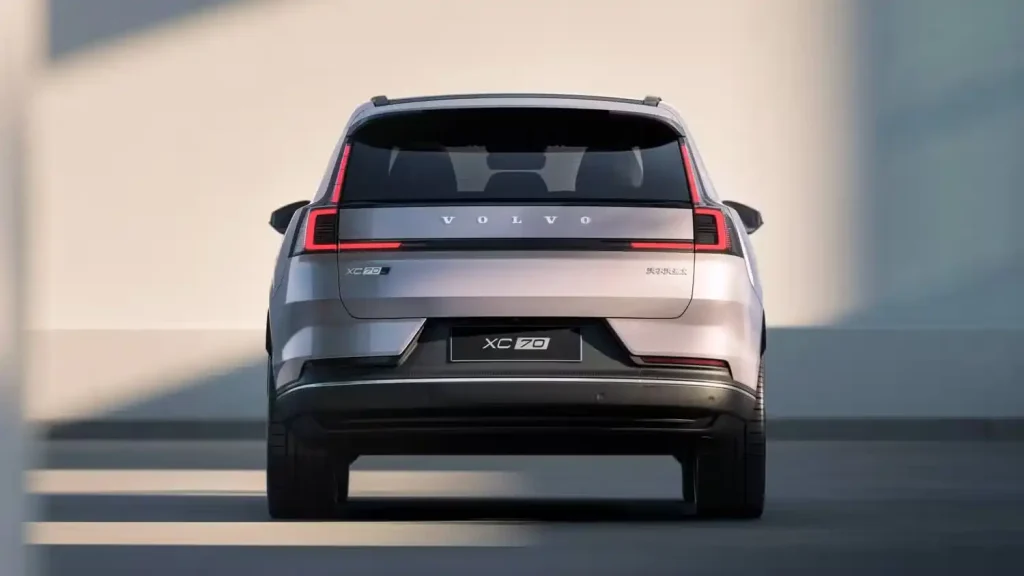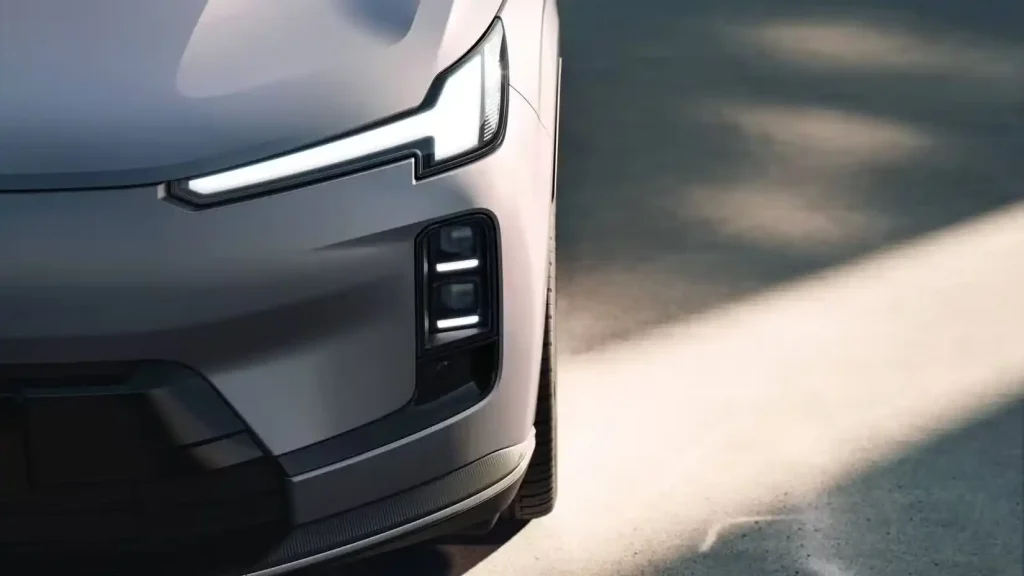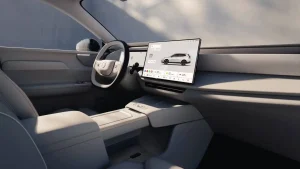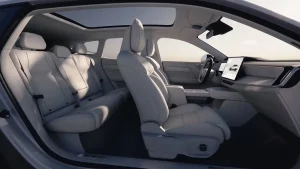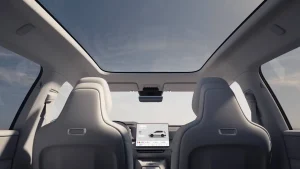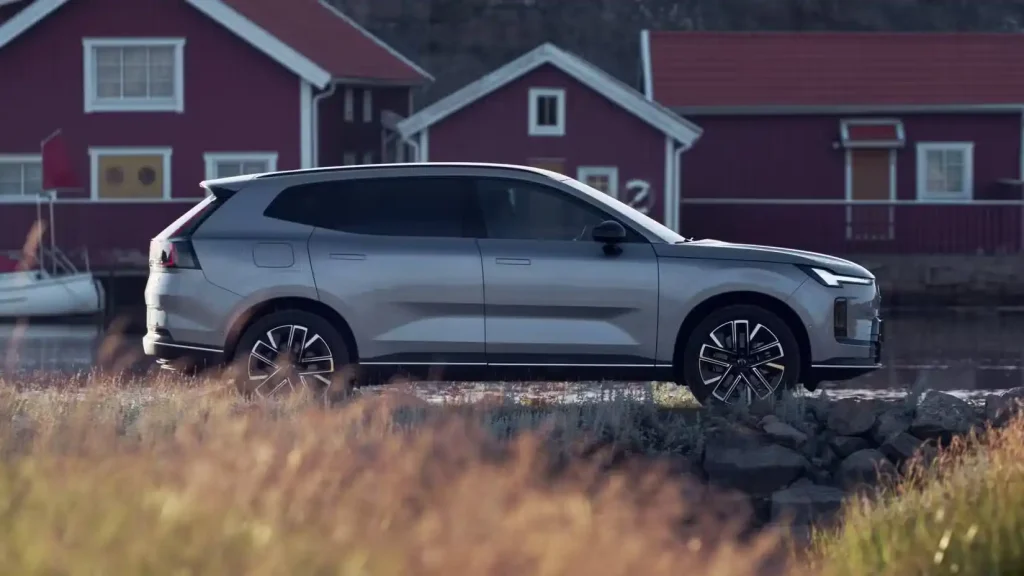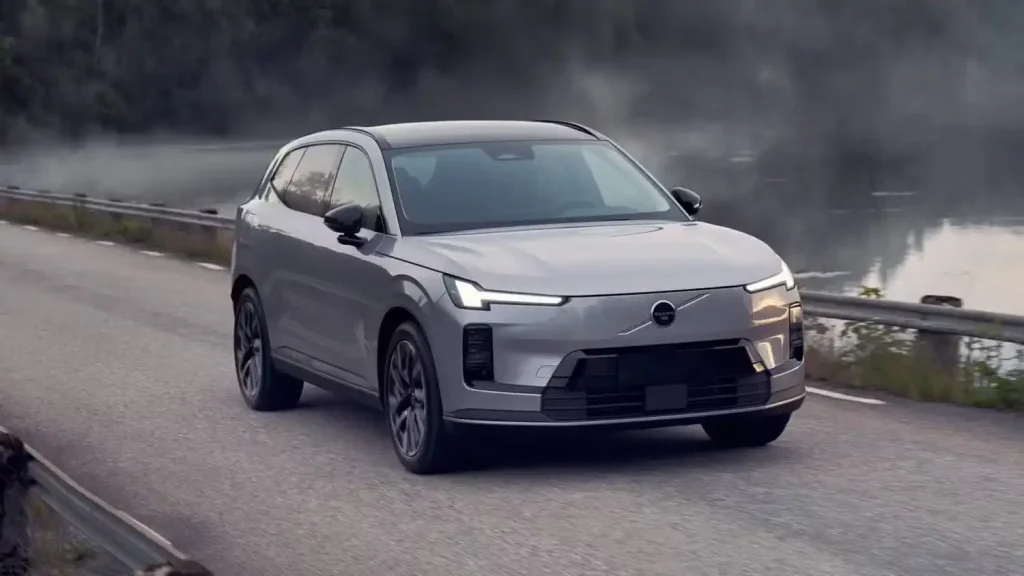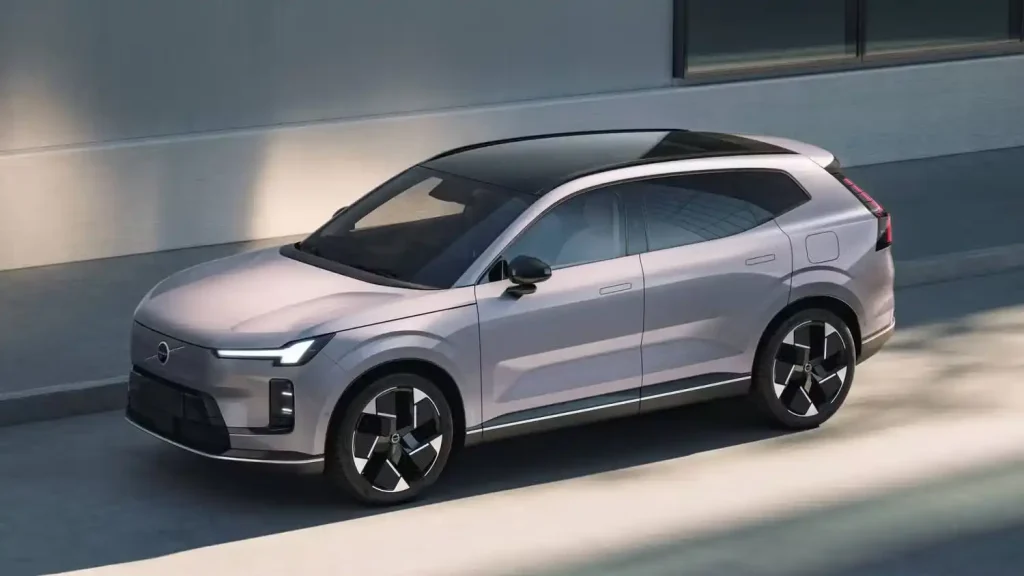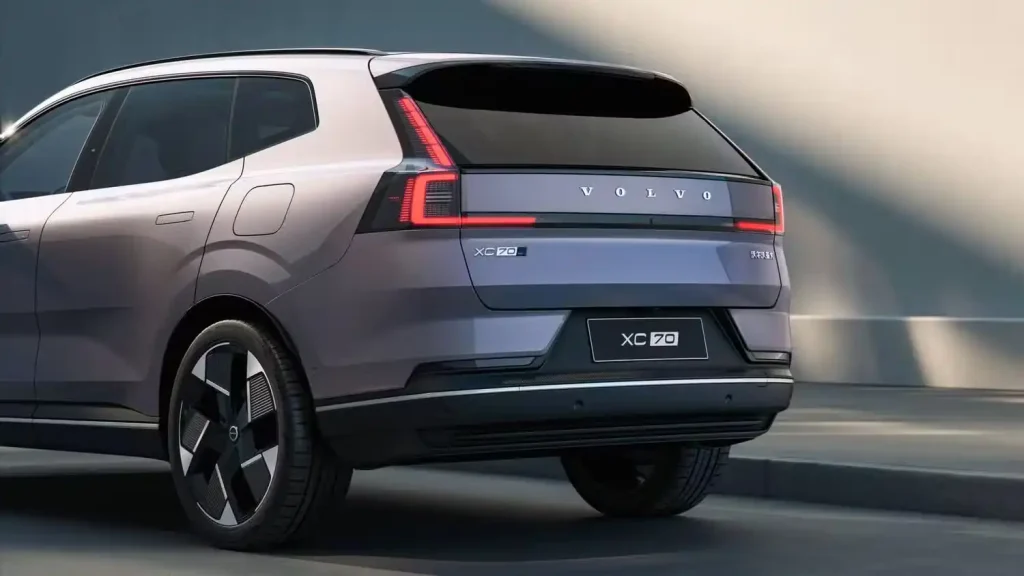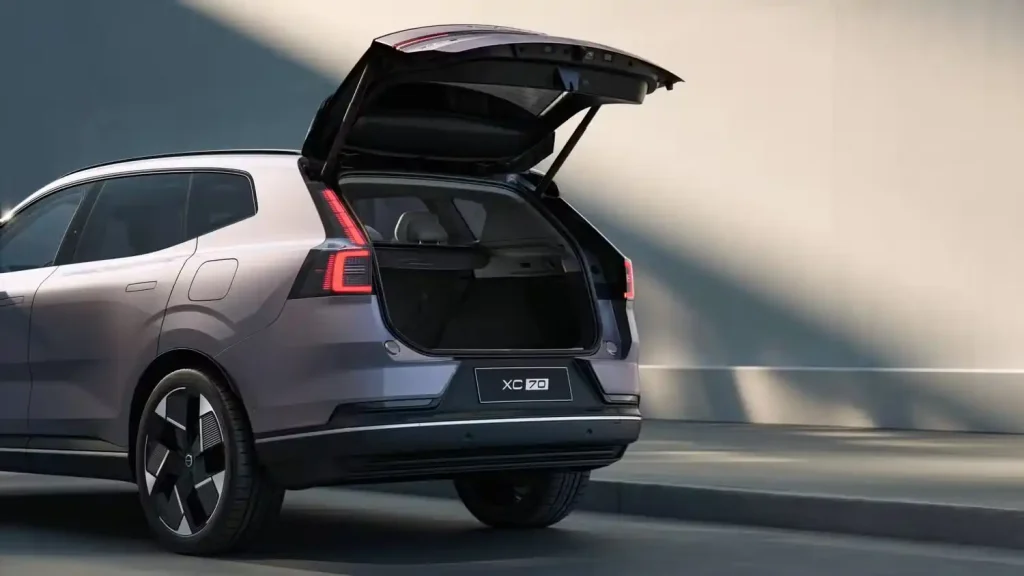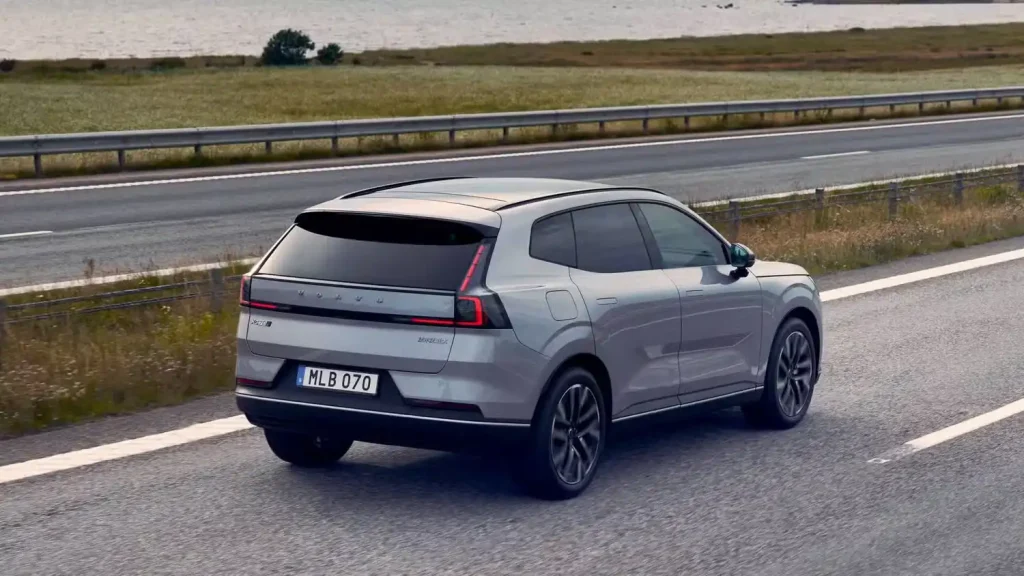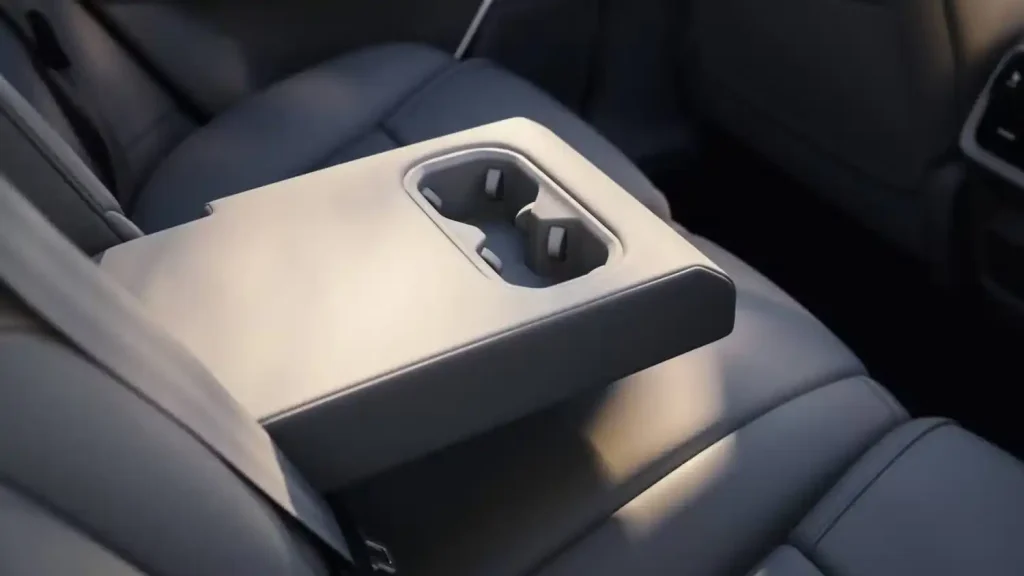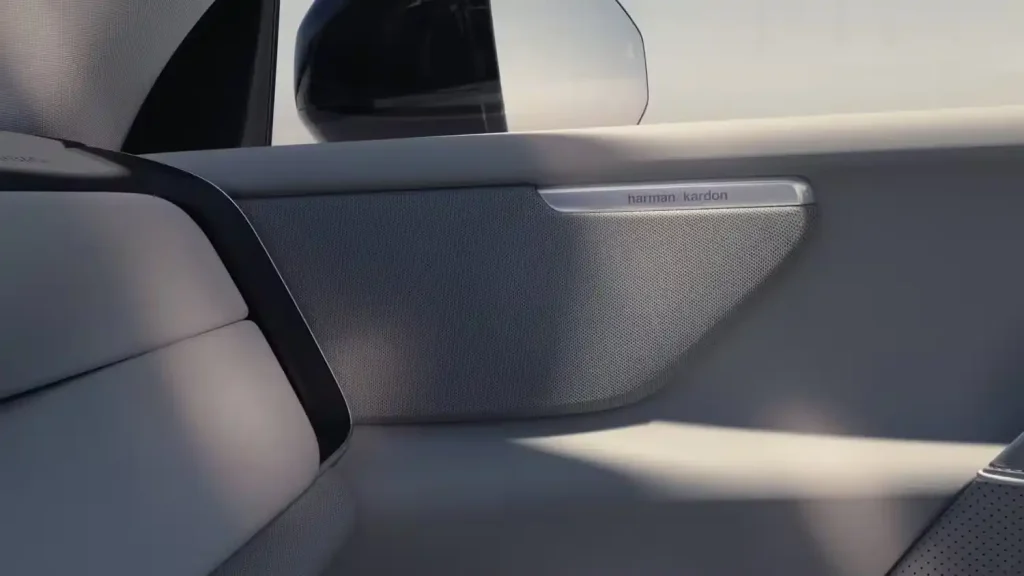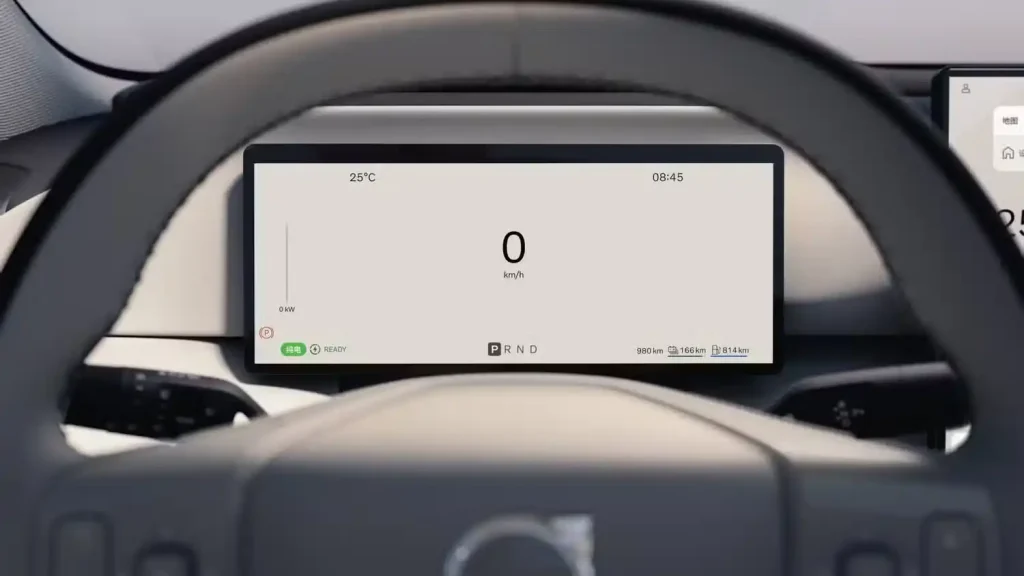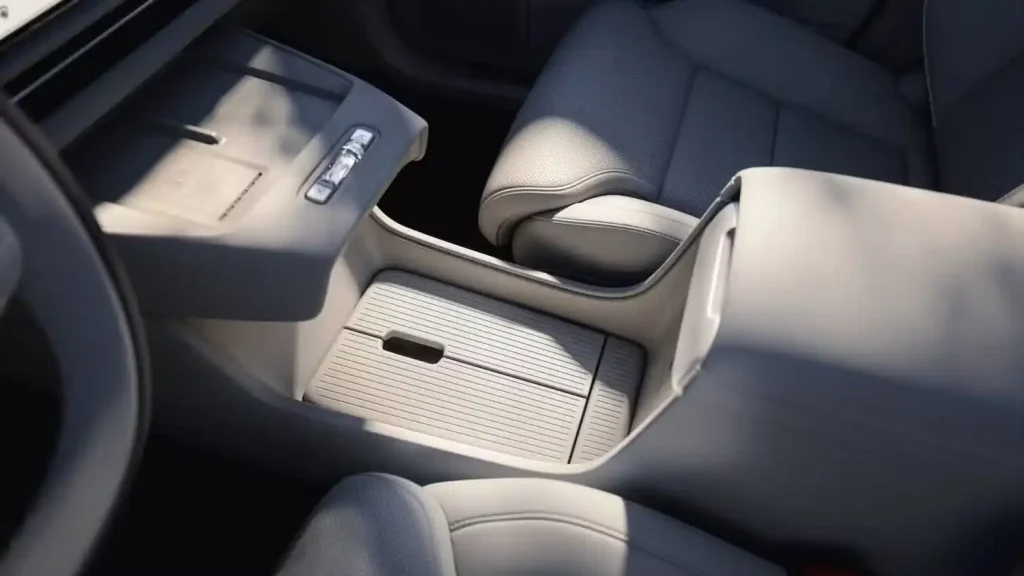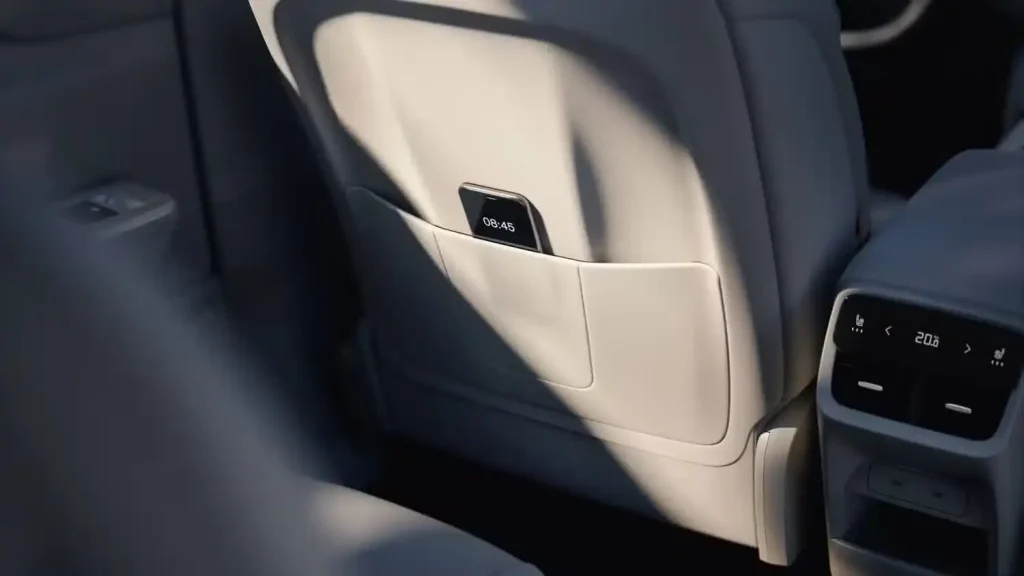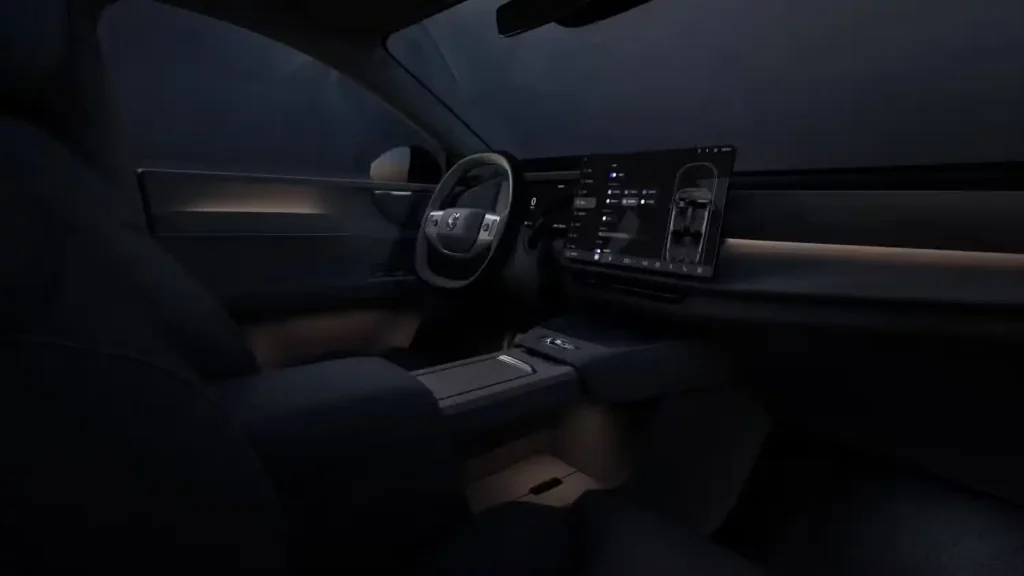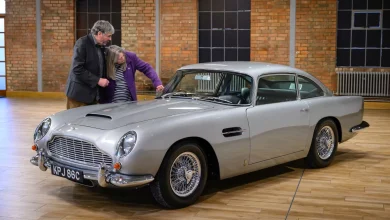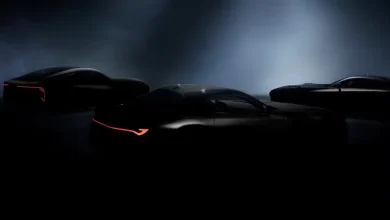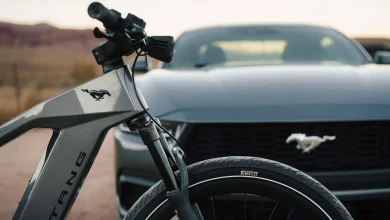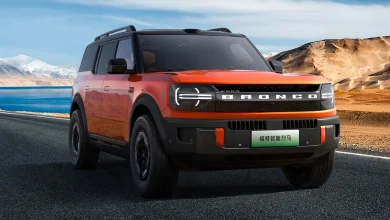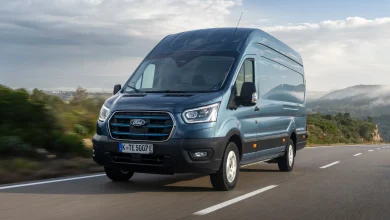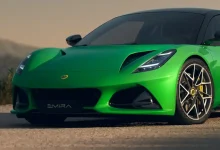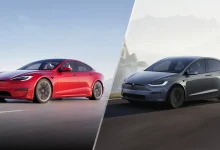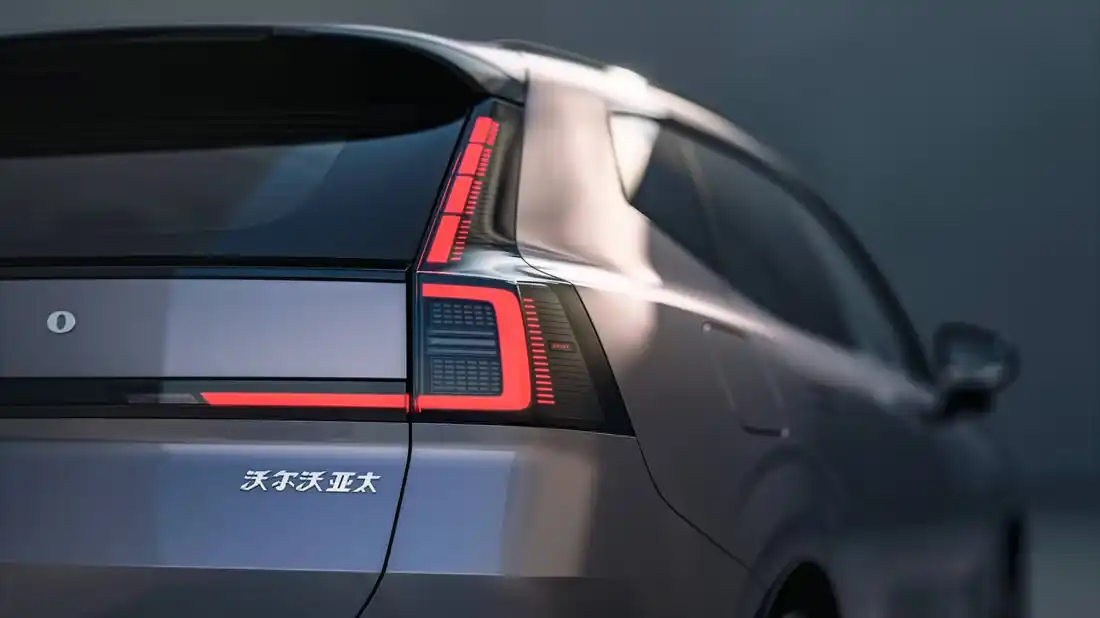
Long before SUVs defined the lineup, Volvo dipped its toes into off-road territory with the V70 Cross Country—a rugged, boxy, lifted wagon that later evolved into the Volvo XC70. Now, for the 2026 model year, Volvo is bringing the XC70 name back. This time, though, the revival trades wagon charm for crossover practicality.
The new XC70 sports a clean, minimalist interior and arrives with a plug-in hybrid powertrain capable of delivering up to 124 miles of electric-only range before the gasoline engine takes over. While it may appeal to Volvo loyalists seeking efficiency and modern design, there’s a catch: despite Volvo’s aging U.S. lineup, this new XC70 is reserved for the Chinese market, with no plans for an American debut.
Volvo’s First Long-Range Plug-In
Volvo is branding the 2026 Volvo XC70 as its first true long-range plug-in hybrid—and for good reason. In the U.S., the brand’s top performer is currently the S90 sedan, which manages 38 miles of all-electric driving before switching to hybrid mode. The XC70, by contrast, boasts a claimed 200 kilometers (124 miles) of electric range on China’s CLTC cycle. Even with the more conservative EPA testing, that figure would likely translate to around 80 to 90 miles—still more than double what any Volvo PHEV currently offers stateside.
Add in its combined gasoline-and-electric range, and Volvo estimates the XC70 can cover up to 745 miles between fill-ups and recharges. That’s a lot of road before your next pit stop.
In earlier statements about the crossover, Volvo CEO and President Håkan Samuelsson described the XC70 as the company’s first extended-range EV. Technically, though, that’s not entirely accurate. Unlike a true EREV—where the gasoline engine serves solely as a generator—the XC70’s engine can, in certain situations, send power directly to the wheels.
According to a translated version of Volvo’s Chinese consumer website, the system is designed to operate primarily with the gas engine functioning as a generator to recharge the battery. However, under higher-demand driving scenarios, the engine can step in and provide direct propulsion.
Details on the XC70’s powertrain remain sparse in Volvo’s official press release, but the model’s Chinese consumer site sheds more light on what buyers can expect. Two configurations will be available.
The entry-level version pairs a front-mounted electric motor with a turbocharged 1.5-liter four-cylinder engine, delivering a combined 318 horsepower. Its 21.2-kWh lithium-ion battery is good for roughly 80 miles of electric-only driving.
For more punch and range, the all-wheel-drive XC70 adds two motors at the rear axle, joining the front unit for a combined 462 horsepower. A larger 39.6-kWh battery extends electric range to the headline figure of 124 miles. Notably, the gasoline engine is the same 1.5-liter turbo-four found in the XC70’s Chinese-market cousin, the Lynk & Co 08.
Electric-Inspired Styling Inside and Out
In keeping with its electrified mission, the 2026 XC70 borrows heavily from the design language of Volvo’s flagship EX90 EV. Up front, the crossover ditches a traditional grille in favor of a smooth fascia, complemented by an active shuttered intake that opens only when extra cooling is needed—helping to improve aerodynamics the rest of the time.
Signature “Thor’s Hammer” LED accents sit just below the clamshell hood, while the main lighting duties are handled by a set of four LED headlamps neatly integrated into the front bumper.
Hidden door handles contribute to the XC70’s ultra-clean side profile, while chamfered surfacing above the rocker panels gives it a visual connection to the smaller EX30 EV. At the rear, signature vertical taillights—an enduring Volvo hallmark—extend gracefully into the hatch glass with a detailed, hatched lighting pattern.
Still, not everyone will be convinced. From certain angles, the XC70 bears a striking resemblance to the long-in-the-tooth XC60, which could leave some buyers wishing for more distinction.
Volvo appears to have taken cues from the EX30, improving driver ergonomics with a 12.3-inch digital instrument cluster that’s separate from the 15.4-inch center touchscreen. The cabin remains unmistakably Scandinavian—minimalist, clean, and functional—with a low dashboard, subtly integrated air vents, and discreet Harman Kardon speakers.
Practicality hasn’t been sacrificed for style. Open storage under the center console and a generously sized armrest cubby continue Volvo’s tradition of thoughtfully designed interiors, offering plenty of spots to stow everyday items.
Made in China, Destined for Europe, Forbidden in America
The 2026 XC70 will be manufactured in Taizhou, China, on Volvo’s Scalable Modular Architecture—an evolution of the Compact Modular Architecture that underpins the smaller XC40. Pre-orders are already open for Chinese buyers, with prices starting at 446,900 yuan (around $62,469 at current exchange rates).
Volvo has indicated plans to bring the XC70 to its home market in Europe, but an American launch appears highly unlikely. Steep import tariffs—currently exceeding 100 percent—would push the plug-in hybrid’s price into six-figure territory if shipped across the Pacific, effectively ruling it out for U.S. consumers.
Given Volvo’s aging U.S. lineup, it’s easy to imagine a model like the XC70 making a welcome addition to American showrooms. Doing so would likely require a redesign tailored to local tastes and production at Volvo’s South Carolina plant, which currently builds the three-row EX90 EV. Still, for fans eager for a long-range plug-in hybrid, a U.S. XC70 would be worth the effort—if Volvo is willing to take the plunge.



